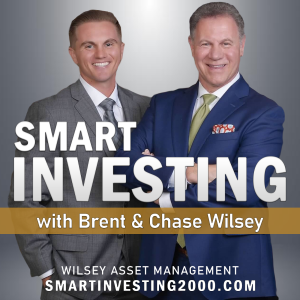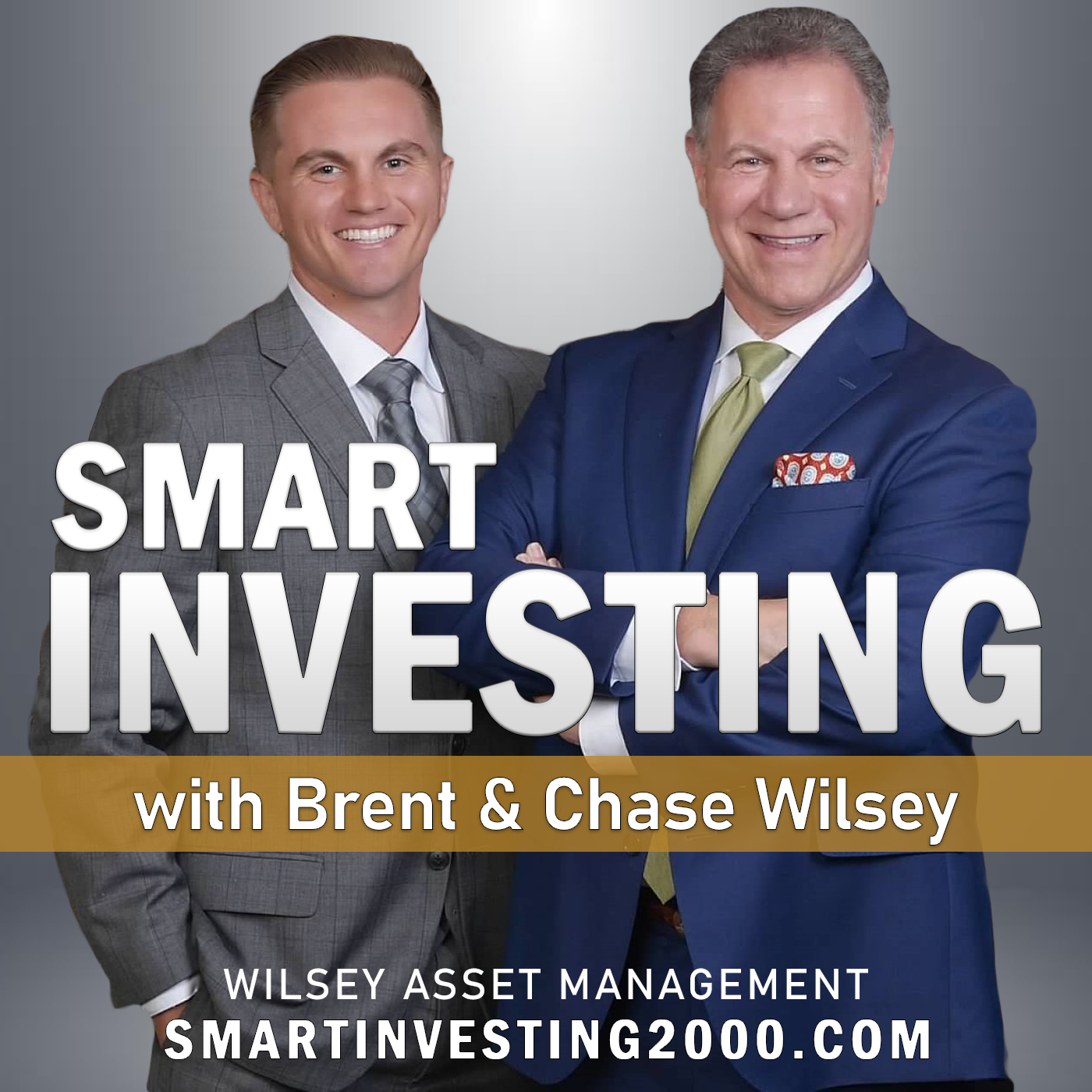Episodes

Tuesday Sep 06, 2022
Tuesday Sep 06, 2022
Unemployment / Job Openings
The jobs report today showed the labor market strength is slowing, but overall, it still remains in a very healthy spot. The headline number saw payrolls increase 315,000, which was essentially in line with the estimate of 318,000. While this was the slowest growth since April 2021, it is still a good growth rate and people need to realize the blockbuster job gains we saw from job recoupment are now in the past. One negative note for job growth was the previous two months were revised lower by a net 107,000 jobs. The headline unemployment rate rose 0.2% to 3.7%, but I view this as positive as it was driven by an increase in the labor participation rate of 0.3% to 62.4%. The labor force participation rate still remains 1.0% below the February 2020 level. The gains in employment were broad based with every category seeing growth, but business and professional services continued to lead the way with an addition of 68,000 jobs and healthcare and retail trade were close behind with additions of 48,200 jobs and 44,000 jobs respectively. Leisure and hospitality has seen some of the strongest growth but saw an increase of just 31,000 jobs in the month of August, which was substantially lower than the 91,000 job increase in the month of July. This sector continues to remain beaten down compared to pre-pandemic levels as the total number of payrolls is still 1.2 million jobs below where we were in February 2020. One area of the report I found interesting was the number of people that were counted as long-term unemployed (those jobless for 27 weeks or more). It currently stands at 1.1 million and accounts for 18.8% of all unemployed persons. I hate to say it, but with job openings nearly 2x higher than the total number of unemployed persons how have they not been able to find a job?
JOLTS
The JOLTs report continues to show strength as job openings in the month of July saw results of 11.24 million openings, easily top the estimate of 10.3 million. This was a slight increase from the month of June which saw openings total 11.04 million. The job openings level is still close to 2x the number of available workers as they totaled just 5.67 million in the month of July. While this report is a major positive for the labor market, it remains concerning on the inflation front. The discrepancy between openings and available workers adds pressure to wage inflation as companies compete over employees and it makes me wonder if we have enough people in the labor force to help resolve the supply chain issues we have been seeing in the economy.
Wall Street
We have seen speculation in cryptocurrencies falter along with the meme stocks. I’ve always said Wall Street is great with coming out with products that they can make money on investors who speculate on trying to get rich quick. You now will begin seeing what is known as single stock ETFs which use various high-risk techniques along with options and futures and in some cases leverage. Three very risky tools. This will allow investors to speculate more on short term moves up and down of popular stocks like Tesla, Apple, Nike and in the works, you may even find companies like Boeing and Salesforce. They promote the benefit that you can’t lose more than what you invested, and you don’t need to sign margin agreements or any other pesty paperwork. And of course, Wall Street will make their money off of fees that seem to range from 0.95% to 1.15%. Once again people with little knowledge of how these work and with the excitement and enthusiasm that they will get rich will jump into these new ETFs which they hope will fill their dreams of getting rich quick. I can see down the road I would guess 3 to 5 years people who lost their money complaining it was unfair and someone needs to reimburse them. It was not their fault they did not read the paperwork or understand what they invested in. Would someone please tell these people to stop speculating and invest in good quality companies for 3 to 5 years and be happy with a potential annual average return of 8 to 10%. Once again investors are being warned of another great moneymaker for Wall Street and a big loser for them.
September
Buckle your seatbelt as September is historically the worst month of the year for stocks. Going back to 1928 both the S&P 500 index and the Dow Jones industrials have an average loss of around 1% in the month of September. Keep in mind an average does mean there have been up months in the past. For September I see 3 things that can weigh on the market. First off would be another interest-rate increase of 3/4 of a percent, second would be oil rising back to $100 a barrel and lastly more bad news coming out of the war in Ukraine. This does not mean you sell your stocks and go to cash. It means be prepared for some pullbacks and be aware that September is the worst month of the year.
Reserves
On August 31 we will get an update on where the strategic petroleum reserves now stand after taking 1 million barrels a day from the reserves. The most recent data shows there were 453.1 million barrels in the reserves, down from 621.3 million barrels one year ago. What worries me here are two things. First this was meant as a temporary fix with the hopes of increasing production, which does not appear to have happened. In addition to that there is talk that the Middle East may reduce their production. My second concern is in 30 days or so when this program is over it appears the levels in the SPR will be somewhere around 390 million barrels, not a good comfort feeling. In addition to not replacing the production of oil, what will the government be doing to replace the oil they took from the strategic reserves. I’m also assuming the oil they used to meet the shortfall was lower priced oil than what they will be buying it back at especially since they're buying will increase the demand for oil. I believe in a long-term program to a good clean energy policy, but in the short term they really need to focus on a fix for how to produce more oil and gas. I hope they had a plan for this when they began the 1 million barrel a day reduction in the SPR.
Labor/Job Security
I have said I do believe the recession will not be as dramatic because people not only have a job but feel comfortable that their job is secure, or they could obtain another job if they wanted to at equal or greater pay. It has been estimated that the US labor market is still down about 7 million workers from the pre-pandemic days. It also has been estimated that those who took early retirements reduced the labor supply by 2% and those gig jobs that people picked up has been estimated to have reduced the labor force by another 4%. It is also estimated that roughly 3% on a floating monthly basis of US workers are infected with Covid -19 which still requires mandatory days to stay at home. To help with the supply of labor it is possible some of those who retired will become concerned about inflation and the recession and return to the workforce.
Investments
The S&P 500 has had a nice rebound since June 16 rising around 11%, but still remains down 15% for the year. Traders now seem to be getting nervous. Net short positions against the S&P 500 futures are reaching levels that have not been seen in two years. This could cause a lot more volatility in September, which is the worst month of the year in regard to performance. Check your investments and your equities to make sure they can handle the storm.
Growing Jobs
We just saw a great JOLTS Report, which stands for Job Openings and Labor Turnover Survey. I now see Honda and LG are going to build a $4.4 billion EV battery plant starting early next year in Ohio. Tesla announced recently they are building a $4 billion EV battery plant in Oklahoma and not to long ago, Intel announced spending $20 billion in two different cities to build chip manufacturing plants. What I’m thinking is jobs, jobs and more jobs. First off construction of these multi-billion-dollar production plants will take 2 to 3 years to complete. Then the workers to work on these plants will also be making good wages as well. This will also generate the ripple effect of more jobs as the money flows into these communities. I feel pretty good about the long-term job market here in United States.
FAST ACT Bill
The California legislature passed a bill known as the FAST act for fast food chains that establishes a fast-food council charged with setting pay and workplace standards for the entire industry. The bill would allow the council to set pay for workers up to $22 per hour next year. This is backed strongly by the unions of course who never seem to understand the fundamentals of running a business or making a profit. Governor Newsom has about 30 days to decide to approve or veto the bill, restaurant owners are pushing hard to obtain a veto. I believe if this passes you will see closures of some fast-food restaurants or food prices at the franchises climb by 20 to 25% so the business can make a profit. My other fear is this will creep into other businesses causing more closures of other businesses and much higher prices in California.
Russia Oil Revenue
You may have figured out that because of the increase in the price of oil Russia is now drowning in cash. Their oil revenues are up substantially compared to before the war in Ukraine. Russia is now averaging oil export earnings of $20 billion/month, an increase of 37% from the earnings of $14.6 billion/month in 2021. Indirectly the United States is helping Russia generate more revenues in oil by producing less. The United States needs to open all oil wells, pipelines, and do whatever it takes to produce oil anywhere they can to shut Russia down. Let’s put the green energy objective on hold for a year or so to shut down Russia. If we did that the war in Ukraine would be over rather quickly.
Harrison Johnson, CFP®: "Understanding all risks in retirement"


No comments yet. Be the first to say something!